In the dynamic and complex realm of the oil and gas industries, commissioning plays a pivotal role in ensuring the successful implementation and operation of major projects. Commissioning is a systematic and comprehensive process that verifies the integrity, functionality, and performance of various systems and components within oil and gas facilities before they become operational. This article aims to delve into the intricacies of commissioning, exploring its purpose, key stages, and real-world examples from the oil and gas sectors.
What is Commissioning?
Commissioning refers to the meticulous process of validating and documenting that all equipment, systems, and infrastructure within an oil and gas project are designed, constructed, installed, and tested in accordance with the project specifications, industry standards, and regulatory requirements. It serves as a quality assurance measure to ensure that facilities are safe, reliable, and fully ready for operation prior to their commencement.
Key Stages of Commissioning
The commissioning process typically includes the following steps:
Planning:
The first step is to develop a commissioning plan that outlines the scope of work, the schedule, and the resources that will be needed.
Pre-commissioning:
This stage involves activities performed prior to the introduction of hydrocarbons into the systems. It includes checks, inspections, and testing of individual components, such as pipelines, vessels, and control systems, to ensure they are installed correctly and ready for commissioning.
Mechanical Completion:
At this stage, all systems are installed and connected, and comprehensive checks are carried out to ensure the physical integrity of the facilities. Equipment is tested for proper functionality, and any identified deficiencies or punch-list items are rectified.
Commissioning:
This phase involves verifying and testing the performance and functionality of systems and equipment to ensure they operate within specified parameters. It includes activities such as pressure testing, leak testing, functional testing, and system integration testing.
Start-up and Performance Testing:
In this stage, the facilities are gradually brought into operation. Systems are tested under normal operating conditions to confirm their performance and reliability. Performance tests are conducted to validate the design parameters and ensure that the facilities meet the desired production goals.
Handover:
Once the commissioning is complete, the facility is handed over to the owner or operator.
Examples of Commissioning in the Oil and Gas Industries
Offshore Platform Commissioning:
Offshore platforms, whether fixed or floating, require extensive commissioning activities to ensure their safety and operational readiness. This includes testing the platform’s structural integrity, safety systems, process equipment, control systems, and electrical systems. Functional tests are conducted on emergency shutdown systems, fire and gas detection systems, and communication systems.
Refinery Commissioning:
Refineries undergo an intricate commissioning process to ensure the seamless integration and functioning of various units. This includes the commissioning of distillation columns, heat exchangers, pumps, compressors, reactors, and control systems. Additionally, the start-up process involves performance testing of process units to assess their efficiency, energy consumption, and product quality.
Pipeline Commissioning:
Before oil or gas pipelines are put into operation, commissioning activities are performed to verify their integrity and operational readiness. This includes hydrostatic testing of pipelines to assess their strength and identify any leaks or weaknesses. Control systems and safety measures are also tested to ensure the smooth flow of hydrocarbons through the pipelines.
LNG Plant Commissioning:
Commissioning an LNG (liquefied natural gas) plant is a complex process due to the stringent safety and operational requirements. This involves the commissioning of LNG storage tanks, liquefaction units, refrigeration systems, cryogenic pipelines, and loading facilities. The cooling-down process and subsequent performance testing of the liquefaction units are crucial steps in LNG plant commissioning.
The commissioning process for oil and gas facilities can be complex and challenging, as it involves a wide range of equipment and systems. However, it is essential to ensure that the commissioning process is done properly, as any problems that are not identified and corrected during commissioning can lead to serious safety and operational issues.
Some of the key areas that are typically covered during the commissioning of oil and gas facilities include:
- The mechanical systems, such as pumps, valves, and piping
- The electrical systems, such as transformers, switchgear, and motors
- The control systems, such as PLCs, HMIs, and SCADA systems
- The safety systems, such as fire suppression and gas detection systems
The commissioning process for oil and gas facilities is typically carried out by a team of experienced engineers and technicians. The team will work closely with the owner or operator of the facility to ensure that the commissioning process is completed on time and within budget.
The Importance of Commissioning
Commissioning is an essential part of the lifecycle of any industrial facility. By ensuring that the commissioning process is done properly, the owner or operator can be confident that the facility will be safe, reliable, and efficient.
Some of the benefits of commissioning include:
- Improved safety: By identifying and correcting any potential problems during commissioning, the risk of accidents and injuries can be reduced.
- Increased reliability: A well-commissioned facility is more likely to operate as designed, which can lead to reduced downtime and increased productivity.
- Improved efficiency: A well-commissioned facility can be operated more efficiently, which can lead to lower operating costs.
Types of Commissioning
There are four main types of commissioning; Initial commissioning, Re-commissioning, Retro-commissioning, and Continuous commissioning.
Initial Commissioning
Initial commissioning (IC) is the process of commissioning a new or modified facility. It is typically carried out by a team of experienced engineers and technicians. Initial commissioning (IC) typically includes the following steps:
- Planning and preparation
- Inspection and testing of equipment and systems
- Commissioning of individual systems
- Commissioning of the overall facility
- Handover of the facility to the owner or operator
Re-Commissioning
Re-commissioning (RC) is the process of commissioning a facility that has been shut down for a period of time. It is typically carried out to ensure that the facility is safe and operational after the shutdown. Re-commissioning (RC) typically includes the following steps:
- Inspection and testing of equipment and systems
- Commissioning of individual systems
- Commissioning of the overall facility
Retro-Commissioning
Retro-commissioning (RC) is the process of commissioning an existing facility that was not commissioned when it was originally built. It is typically carried out to improve the efficiency and performance of the facility. Retro-commissioning (RC) typically includes the following steps:
- Inspection and testing of equipment and systems
- Commissioning of individual systems
- Commissioning of the overall facility
- Identification of opportunities for improvement
Continuous Commissioning
Continuous commissioning (CC) is an ongoing process of monitoring and testing a facility to ensure that it is operating as designed. It is typically carried out by the facility’s owner or operator. Continuous commissioning (CC) typically includes the following steps:
- Monitoring of equipment and systems
- Testing of equipment and systems
- Identification of problems and opportunities for improvement
- Implementation of corrective actions
The type of commissioning that is required will depend on the specific facility and its operating requirements. However, all types of commissioning are important to ensure the safe and efficient operation of a facility. Commissioning is an important part of the lifecycle of any facility. By ensuring that the commissioning process is done properly, the owner or operator can be confident that the facility will be safe, reliable, and efficient.
Oil and Gas Commissioning Checklist
Here’s a typical commissioning checklist for an oil and gas plant, presented in a tabular format:
| System/Component | Checkpoints/Activities |
|---|---|
| Electrical Systems | |
| Power distribution systems | Verify proper installation, grounding, and labeling of electrical panels, transformers, and switchgear. Perform insulation resistance and continuity tests. |
| Emergency power systems | Test backup generators and uninterruptible power supply (UPS) systems to ensure they function correctly during power outages. |
| Lighting systems | Verify proper installation and functionality of lighting fixtures, emergency lighting, and hazardous area lighting. |
| Control and Instrumentation Systems | |
| Distributed Control System (DCS) | Test emergency shutdown systems and safety interlocks. Verify the integrity of safety instrumented functions (SIFs) and perform proof testing. |
| Safety Instrumented System (SIS) | Test emergency shutdown systems and safety interlocks. Verify integrity of safety instrumented functions (SIFs) and perform proof testing. |
| Instrumentation and field devices | Calibrate pressure, temperature, level, and flow instruments. Verify proper installation and functionality of transmitters, control valves, and analyzers. |
| Process Systems | |
| Pumps and compressors | Test pump and compressor functionality, including startup, shutdown, and performance under normal and abnormal conditions. |
| Heat exchangers and boilers | Verify proper installation and perform hydrostatic and pneumatic testing to check for leaks. Conduct thermal performance tests. |
| Distillation and separation units | Test trays, packings, and internals for proper installation. Verify pressure drop and separation efficiency. |
| Storage tanks | Inspect tank integrity, perform leak tests, and verify level gauges and safety systems. |
| Safety Systems | |
| Fire detection and suppression systems | Test smoke and heat detectors, fire alarms, and deluge/sprinkler systems. Conduct fire drills and verify emergency response protocols. |
| Gas detection systems | Test gas detectors, alarms, and gas monitoring systems. Verify calibration and response time. |
| Emergency shutdown systems | Test emergency shutdown buttons, trip systems, and shutdown sequences. Perform functional testing of safety valves. |
| Health, Safety, and Environment (HSE) | |
| Permit-to-Work systems | Verify implementation and adherence to permit systems for hazardous activities. |
| HSE training and drills | Conduct safety training sessions and emergency drills for personnel. |
| Environmental compliance | Verify compliance with environmental regulations and monitor air and water emissions. |
| Documentation and Reporting | |
| Commissioning records | Maintain comprehensive records of all commissioning activities, tests, and results. |
| Handover documentation | Prepare accurate and complete handover documentation for operations and maintenance teams. |
| Incident reporting | Document and report any incidents, near misses, or non-conformities encountered during commissioning. |
Pre-commissioning vs Commissioning: Major Differences
Table 2 below provides the major differences between pre-commissioning and commissioning.
| Pre-Commissioning | Commissioning |
|---|---|
| Pre-Commissioning is the stage that occurs before the introduction of hydrocarbons into the systems. | Commissioning is the stage that involves verifying and testing the performance and functionality of systems and equipment before they become fully operational. |
| The focus is on checking, inspecting, and testing individual components and systems to ensure they are installed correctly and ready for commissioning. | The focus is on comprehensive testing and integration of systems to ensure they operate within specified parameters and meet performance requirements. |
| Activities include checks, inspections, and testing of equipment, pipelines, vessels, control systems, and other individual components. | Activities include pressure testing, leak testing, functional testing, and system integration testing. |
| Pre-commissioning activities are primarily concerned with mechanical completion, such as verifying physical integrity, equipment installation, and fixing any identified deficiencies. | Commissioning activities involve verifying the operational readiness, performance, and functionality of systems and subsystems. |
| Pre-commissioning typically involves activities performed by the construction and installation teams, ensuring proper installation and functioning of individual components. | Commissioning activities involve collaboration between construction, engineering, and operations teams to test and validate the integrated systems. |
| Pre-commissioning ensures that the systems are ready to be commissioned and operate safely and reliably. | Commissioning ensures that all equipment, systems, and infrastructure are functioning as intended and meet the required specifications before the facility becomes operational. |
| Pre-commissioning activities are more focused on physical and mechanical checks and rectifications. | Commissioning activities are more focused on functional and operational tests and adjustments. |
| Pre-commissioning acts as a preparatory phase to address any installation issues and ensure everything is in place for commissioning. | Commissioning serves as a quality assurance measure to verify the performance, safety, and integrity of systems and equipment before the facility is put into operation. |
What is Commissioning Punch List?
A commissioning punch list, also known as a snag list or deficiency list, is a document that outlines the outstanding issues, deficiencies, or non-conformities identified during the commissioning process. It serves as a tool to track and manage the resolution of these issues before the final handover of the facility to the operations team. The punch list typically includes items that require corrective action, adjustments, or additional testing to ensure that the systems and components meet the specified requirements and are ready for operation.
Here are key aspects of a commissioning punch list:
- Identification of Issues: The punch list identifies specific issues, discrepancies, or non-compliant items that have been observed during the commissioning activities. These can include equipment malfunctions, performance deviations, safety concerns, incomplete installations, incorrect configurations, or any other deficiencies that need to be addressed.
- Documentation: The punch list provides detailed documentation of each item, including a clear description of the issue, its location, and any relevant observations or test results. It may also include supporting evidence, such as photographs, diagrams, or reports, to aid in understanding and rectifying the identified issues.
- Categorization and Prioritization: The items on the punch list are often categorized based on their severity or priority level. This helps in prioritizing the resolution of critical issues that may impact safety, system functionality, or compliance with regulatory requirements. By categorizing the items, the commissioning team can focus on addressing the most critical issues first.
- Tracking and Follow-up: The punch list serves as a tracking tool to monitor the progress of issue resolution. Each item is assigned to responsible parties, such as contractors, vendors, or engineering teams, who are responsible for investigating, addressing, and rectifying the identified issues. Regular follow-ups and updates are conducted to ensure the timely resolution of each item on the list.
- Verification and Closure: Once the identified issues are addressed, the commissioning team verifies that the corrective actions have been implemented successfully. This involves retesting, inspecting, or conducting functional checks to confirm that the issues have been resolved. Once verified, the item is marked as closed on the punch list.
- Final Handover: The punch list is used as a reference during the final handover of the facility to the operations team. It ensures that all identified issues have been rectified and the systems are ready for safe and efficient operation.
The commissioning punch list plays a crucial role in maintaining the quality and integrity of the commissioned facility, ensuring that all outstanding issues are addressed before the project is considered complete. It helps to streamline the commissioning process and facilitates a smooth transition from the commissioning phase to the operational phase of the facility.
Conclusion
Commissioning is an integral part of the oil and gas industry, ensuring that projects are executed with the highest standards of safety, efficiency, and reliability. By following a structured approach throughout the key stages of commissioning, oil and gas facilities can be thoroughly tested and validated before they are put into operation. Whether it is an offshore platform, refinery, pipeline, or LNG plant, commissioning plays a vital role in achieving operational excellence and minimizing risks in the oil and gas sectors.




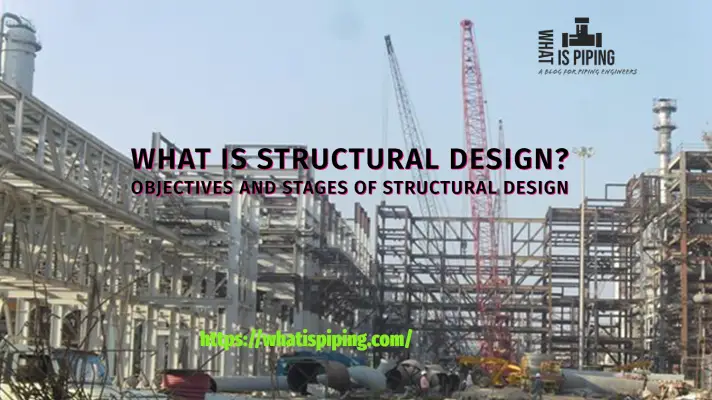
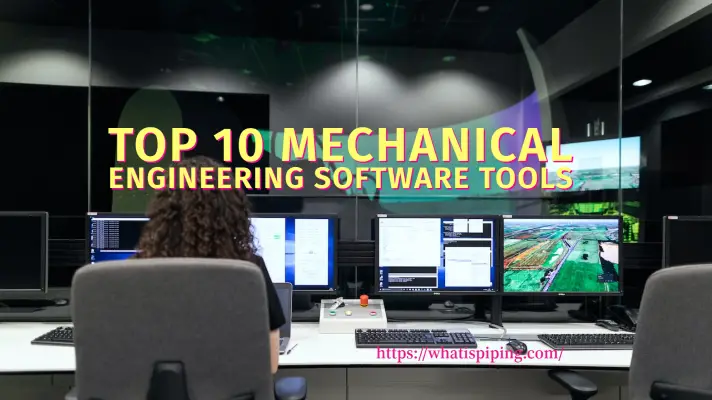
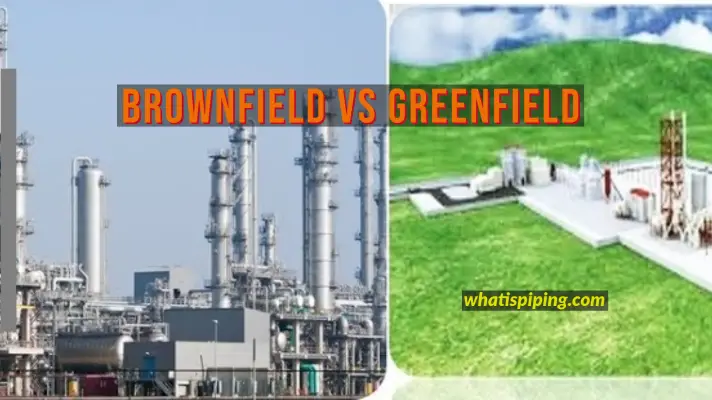
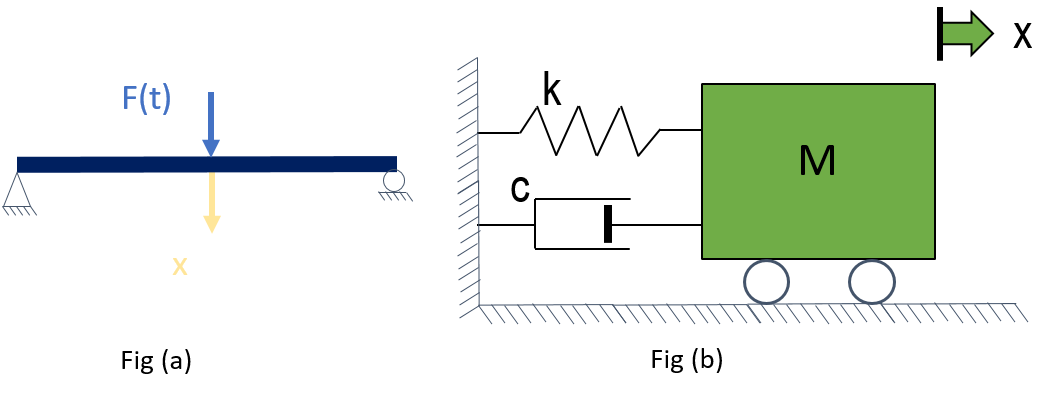
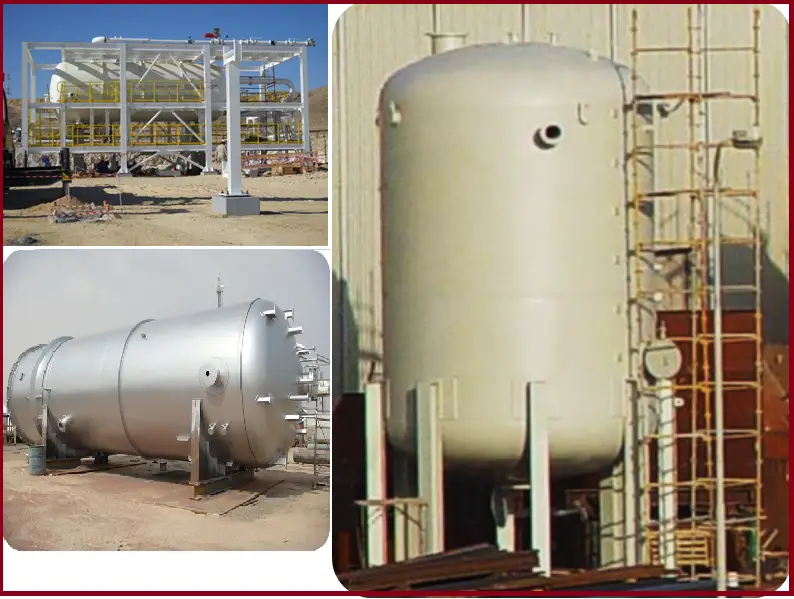
Good job …….!
I am a HSE Practitioner – (Field and Training) with 20 years’ experience. I live in Nigeria and currently work with Maire Tecnimont on the Rehabilitation of the Port Harcourt Refineries.
I have been Training all the Project personnel – Clients, Contractor and Sub-Contractors on Pre-Commissioning, Commissioning and Start-Up Induction and just needed to still refresh myself with some stuff.
I find your write up very simple and interesting.
Regards,
JU.